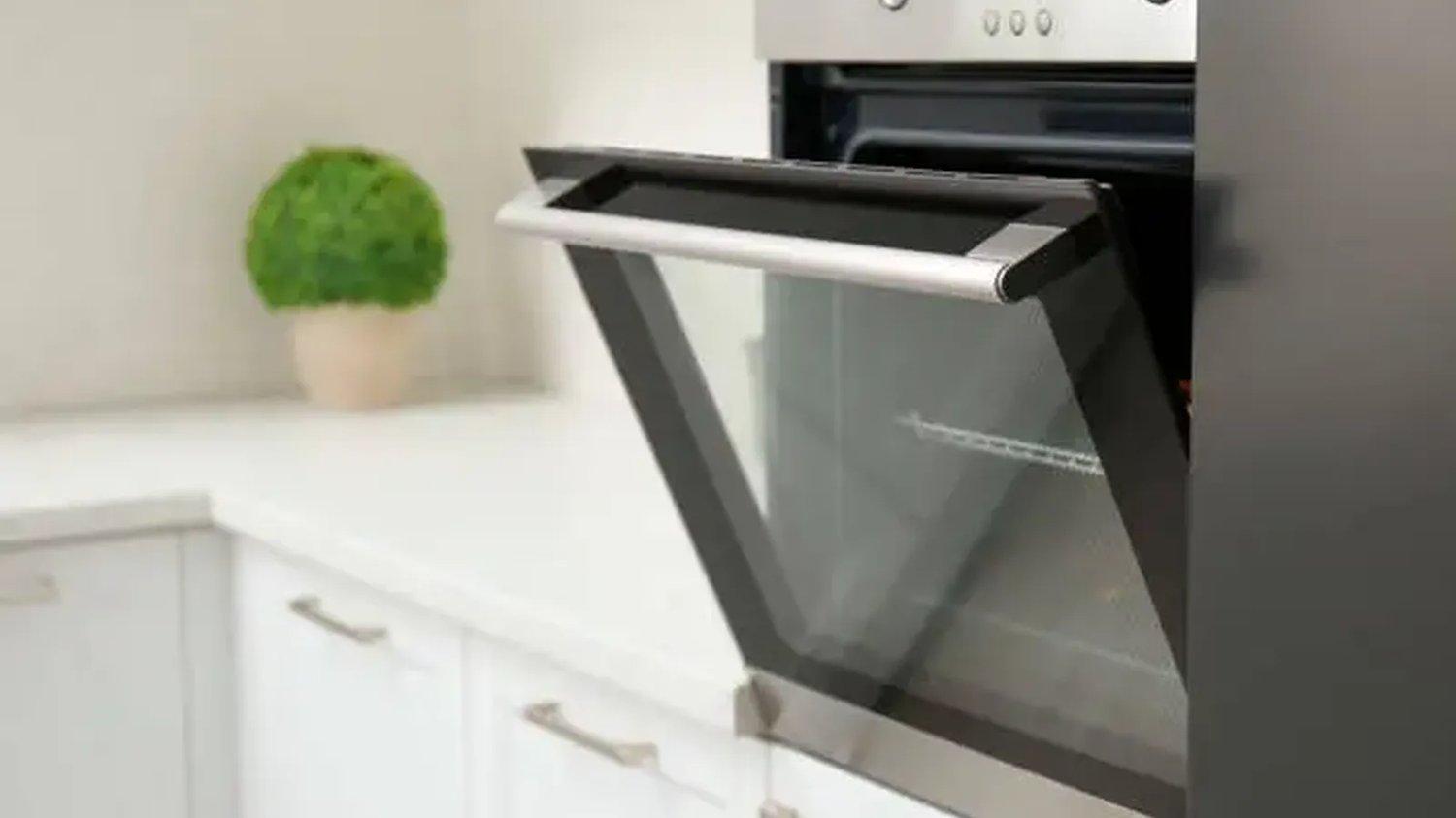The Future of Manufacturing: How Robotic Arms Are Revolutionizing the Industry
Introduction: In recent years, the manufacturing industry has seen a significant shift towards automation and the use of robotics. One key technology that is transforming the industry is robotic arms. These versatile machines have the ability to perform a wide range of tasks with precision and efficiency. In this article, we will explore the various applications of robotic arms and the impact they are having on the manufacturing sector.
Benefits of Robotic Arms
Robotic arms offer several advantages over traditional manufacturing methods. Firstly, they can perform repetitive tasks with consistent accuracy, which improves product quality and reduces errors. Secondly, robotic arms can handle heavy loads, thus reducing the risk of injuries to human workers. Additionally, these machines can operate continuously, leading to increased productivity.
Applications of Robotic Arms
Robotic arms are used in a wide range of industries, including automotive, electronics, and pharmaceuticals. In the automotive industry, for example, robotic arms are commonly used for welding, painting, and assembly processes. In the electronics sector, these machines are used for precise soldering, component placement, and circuit board testing. In the pharmaceutical industry, robotic arms are used for tasks such as sorting medications and packaging.
Challenges and Future Outlook
While robotic arms offer numerous benefits, there are some challenges that need to be addressed. One major challenge is the high initial cost of implementing robotic arm systems. However, as technology advances and economies of scale come into play, the cost is expected to decrease. Another challenge is the need for skilled technicians to operate and maintain these machines.
In the future, robotic arms are expected to become even more sophisticated and versatile. With advancements in artificial intelligence and machine learning, robotic arms will be able to adapt to changing manufacturing environments and perform complex tasks. Furthermore, collaborative robots, also known as cobots, are becoming increasingly popular. These robots can work alongside human workers, enhancing productivity and efficiency.
Conclusion
Robotic arms are revolutionizing the manufacturing industry. Their ability to perform repetitive tasks with precision and efficiency is improving product quality, reducing errors, and increasing productivity. As technology continues to advance, robotic arms will play an even more significant role in manufacturing processes. The future looks promising for this innovative technology.
We welcome any questions or feedback you may have, so don't hesitate to get in touch with our knowledgeable team

